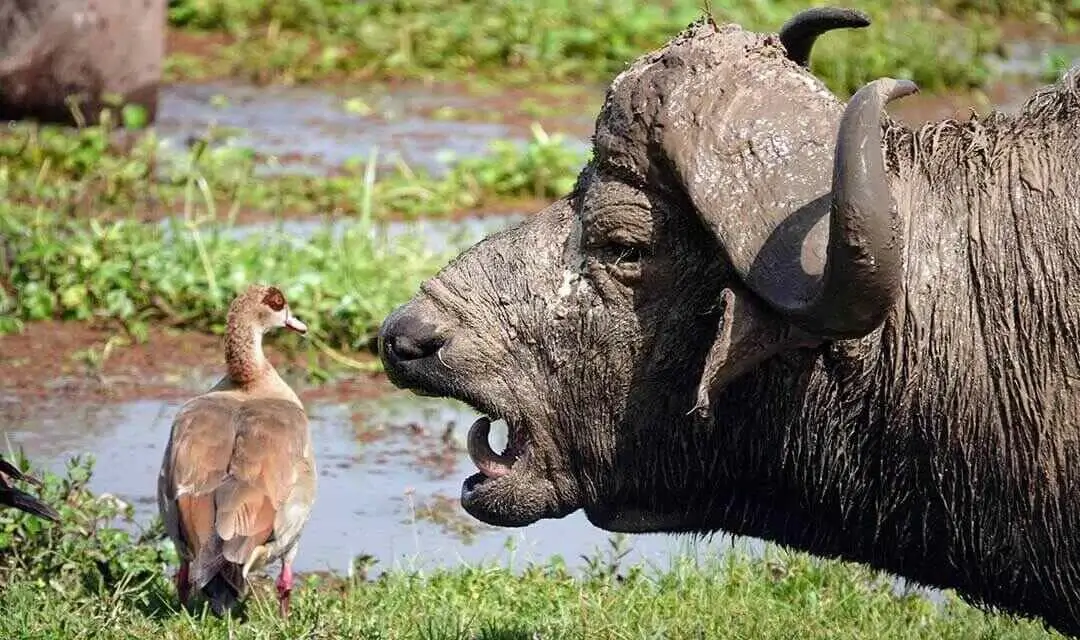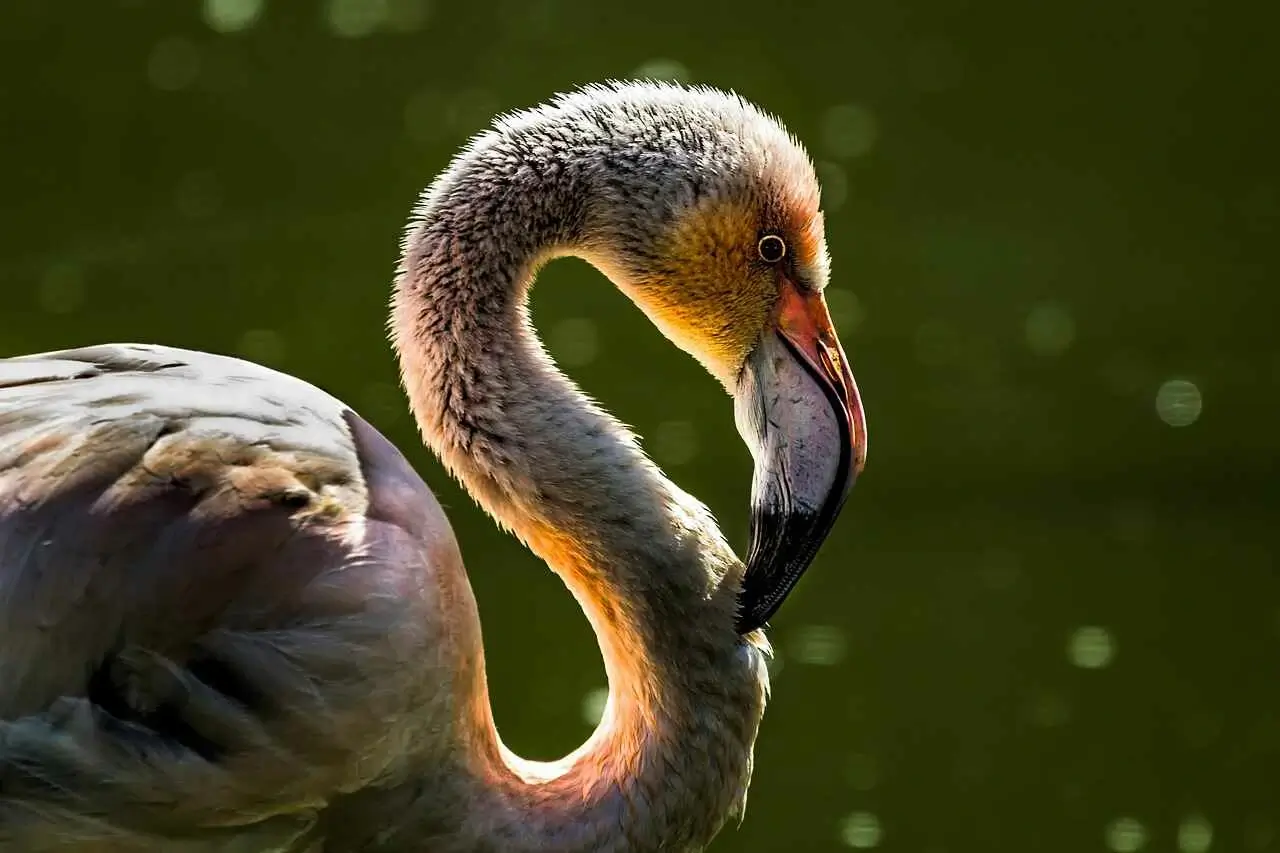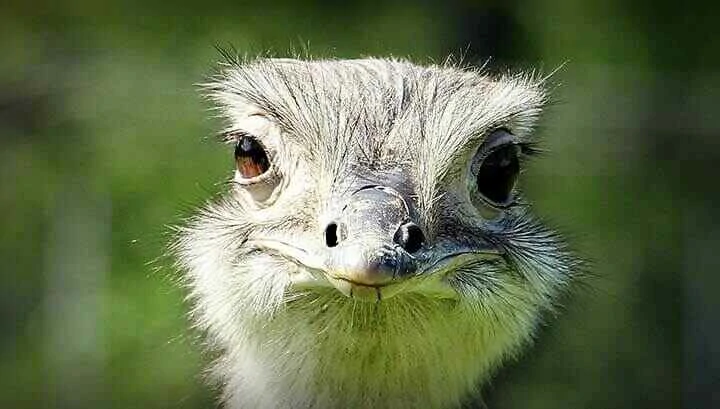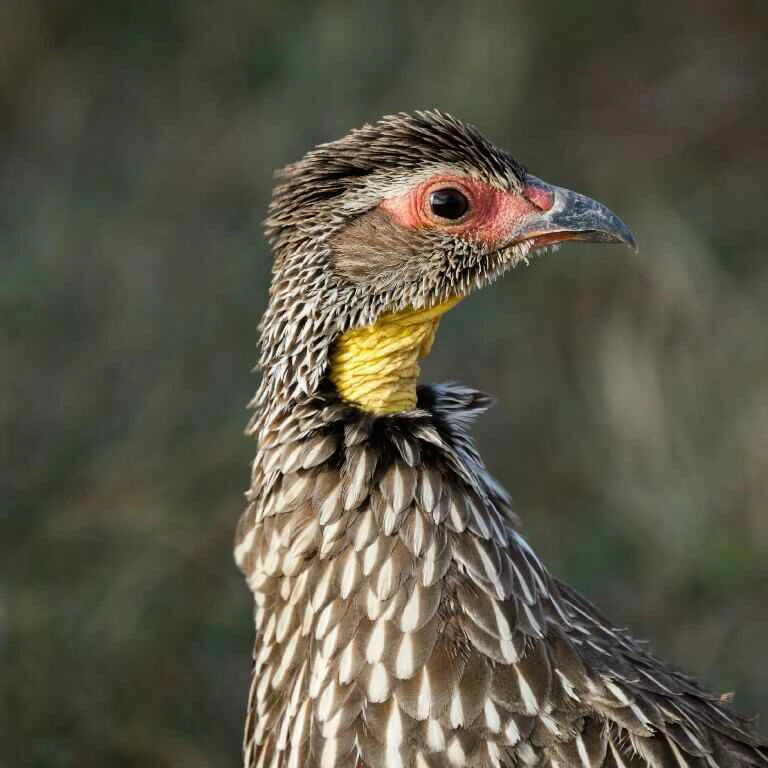Ethiopia is a country located in the Horn of Africa. It is the world's 27th-largest country, analogous in size to Bolivia. It shares borders with Eritrea to the north and northeast, Djibouti and Somalia to the east, Sudan and South Sudan to the west, and Kenya to the south. It lies between the 3rd parallel north and the 15th parallel north and longitudes 33rd meridian east and 48th meridian east. Ethiopia is the most populous landlocked country in the world and the second-most populous nation on the African continent with over 102 million people. Ethiopia covers a total area of 420,000 square miles its largest city and capital is Addis Ababa.
Do You have any Questions?
Our Experts are ready to provide answers
Birding Destinations in Ethiopia
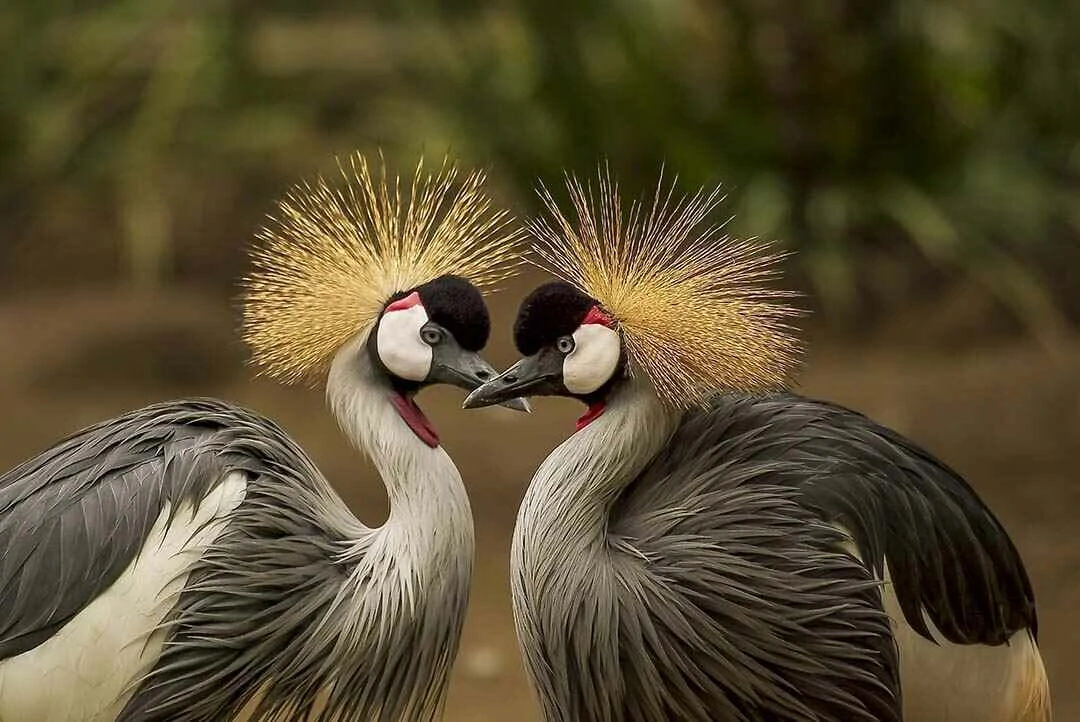
Birding in Addisababa
here are plenty of birding spots in and around Addis Ababa. Ghion Hotel in the heart of Addis Ababa is a famous hotel with a large wooded garden that can be very productive for birds. Birds like Brown-throated Seedeater, Swainson's Sparrow and Tacazze Sunbird are common species can be seen as soon as you take out your binoculars.
Read More
Birding in Bale Mountains National Park
Amongst an interesting collection of upland birds we are likely to see at least eleven of Ethiopia's 24 endemics: Blue-winged Goose, Rouget's Rail, Spot-breasted Lapwing, White-collared Pigeon, Black-winged Lovebird, Golden-backed Woodpecker, Abyssinian Longclaw, Abyssinian Catbird, White-backed Tit, Black-headed Siskin and Thick-billed Raven!
Read More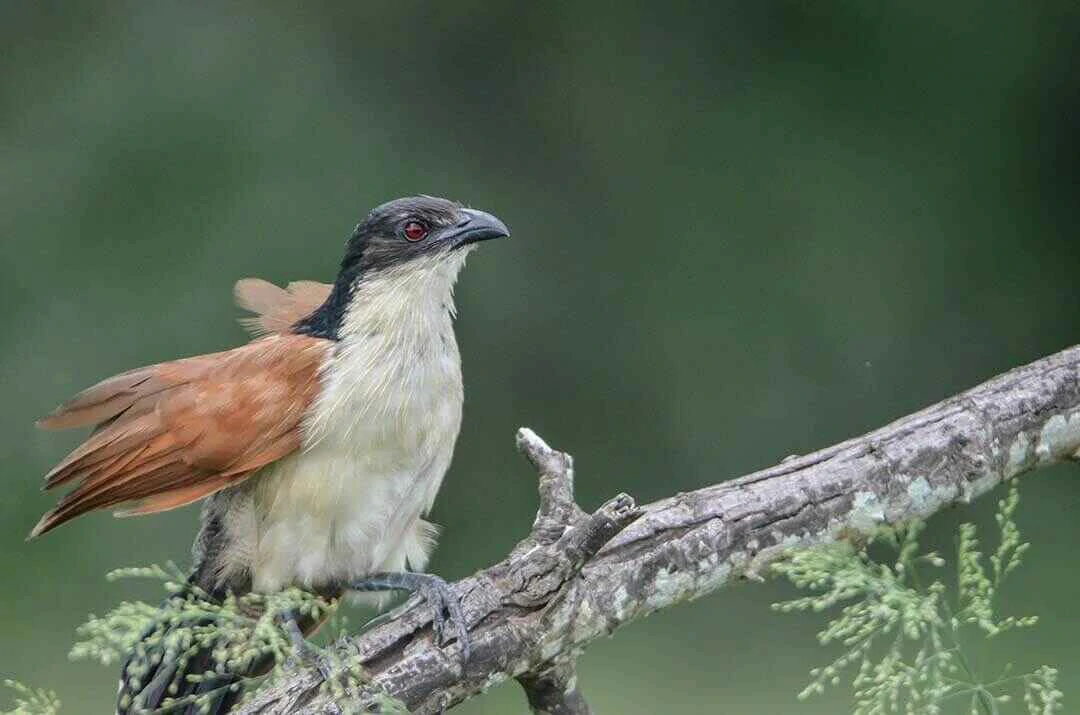
Birding in Debre Libanos Gorge and the Soluta Plains
Drive up into the eucalyptus - clad Entoto Hills and cross a pass at 8,537 feet to reach the Solulta Plains, a region of grassy uplands and small pools with a fine complement of birdlife.
Read More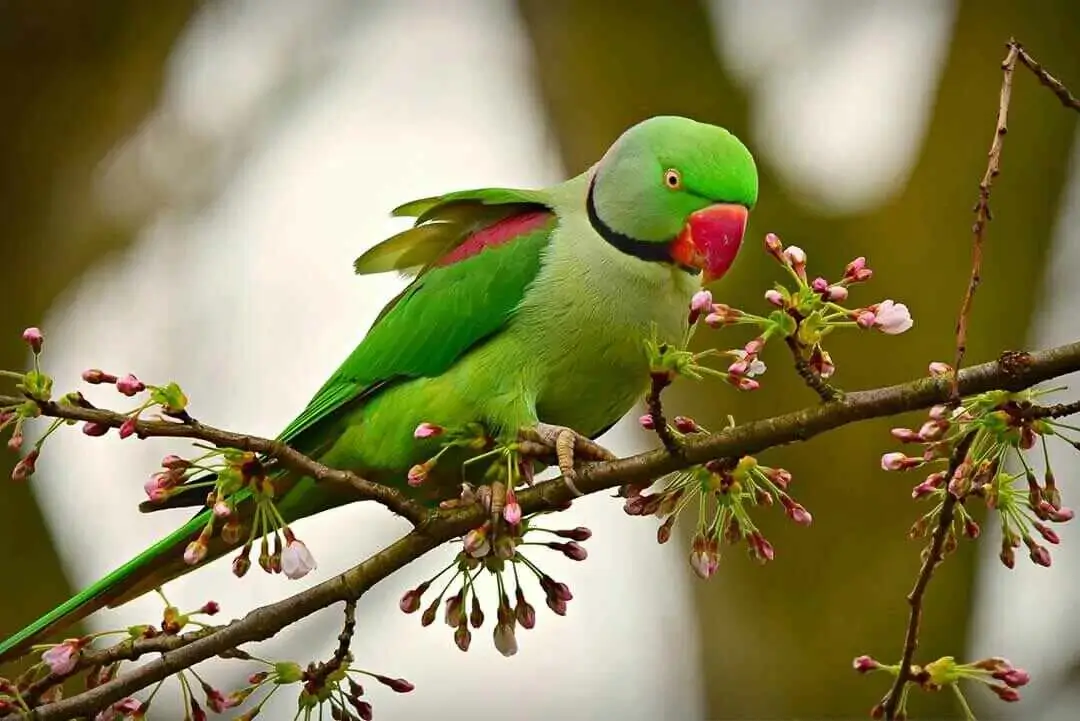
Birding in Gemasa Gedelto Ankober Town
Birds seen here include; Ankober Serin, and Geladas. Ankober is 3000 meters above sea level. At the Ankober palace you will see the Red-breasted Wheatear, Brown Woodland Warbler, Abyssinian Ground-Thrush and some white-eyes, Ruppel's Griffon and Verreaux's and Yellow Bishop.
Read More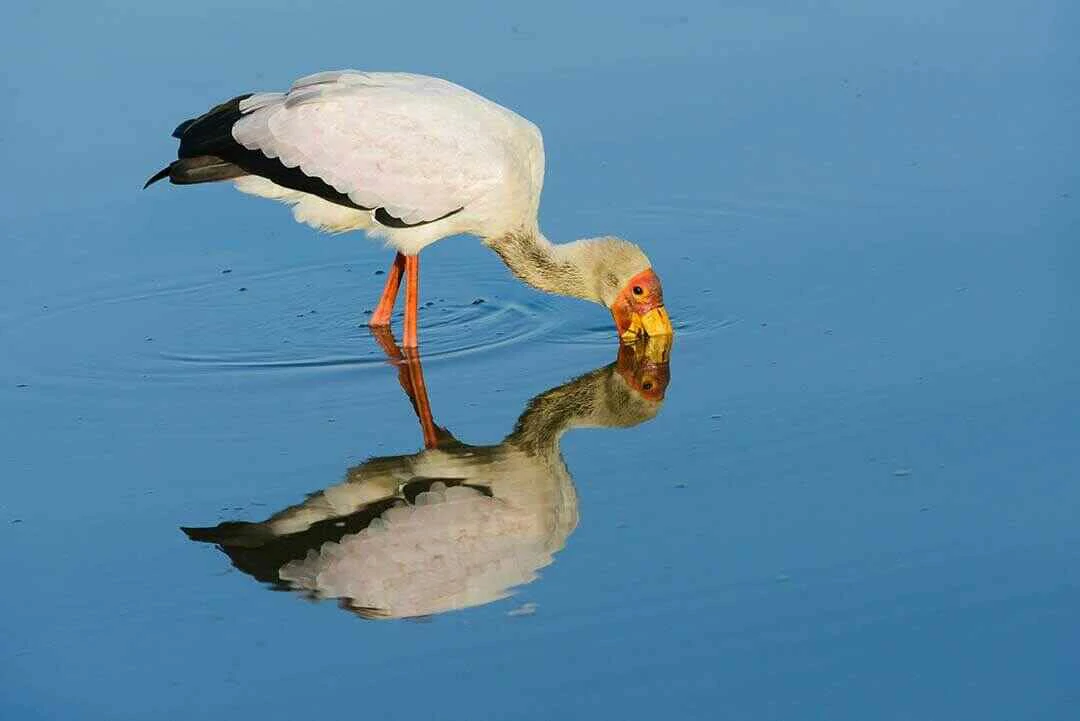
Birding in Jemma Escarpment and Valley
This walk is swarmed with birds like Black-billed Barbet, Pin-tailed Whydah, Red-billed Quelea, Northern Black Flycatcher, Familiar Chat, Emerald and Blue-spotted Wood-Dove, Malachite Kingfisher, Common Redstart, Blackcap, Northern Crombec, Barka Indigobird (identified by sight and sound), Speckle-fronted Weaver, Lesser Whitethroat, Yellow-rumped Seedeater, Three-banded Plover, Crimson-rumped Firefinch and Little Rock Thrush.
Read More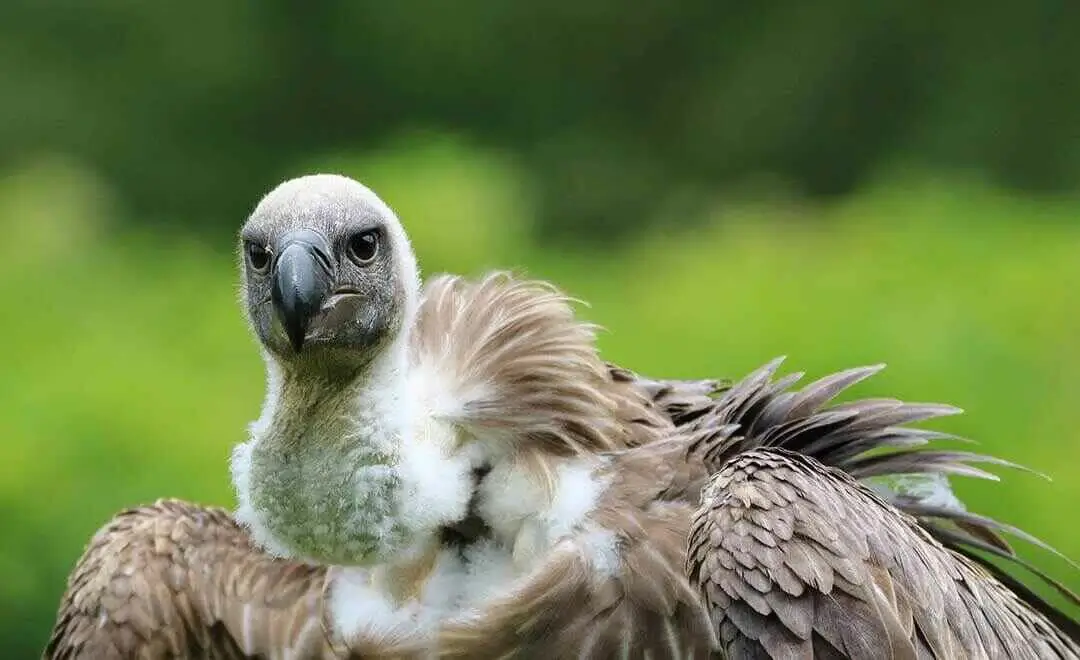
Birding in Lake Awassa and Wondo Genet
Birds are so very plentiful here that little energy is required in finding them. Amongst the lilies and great reedbeds that encompass lake Awassa you will find Black, Goliath and other herons, the comical Marabou Stork, Hamerkops.
Read More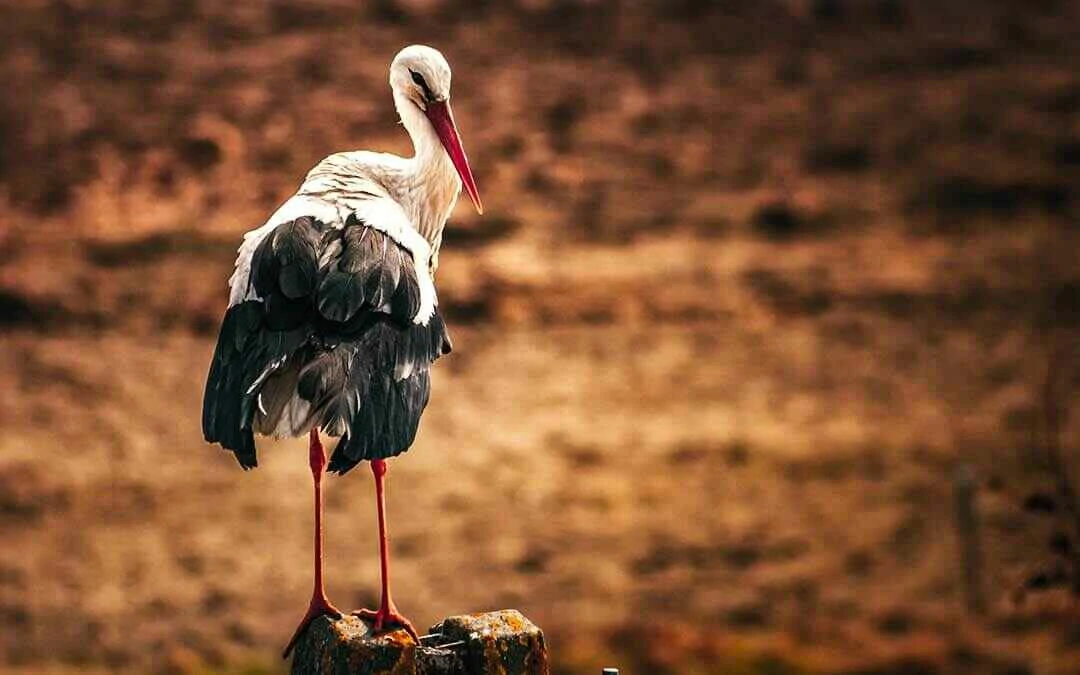
Birding in Lake Langano
On the route to you will see other Lakes like Koka and Zwai, where there is an array of waterbirds which are quite exceptional. Lake Koka offers a great variety of waders, herons, spoonbills and egrets, patrolled by overhead harriers and vultures, and Ethiopian and Wire-tailed swallows.
Read More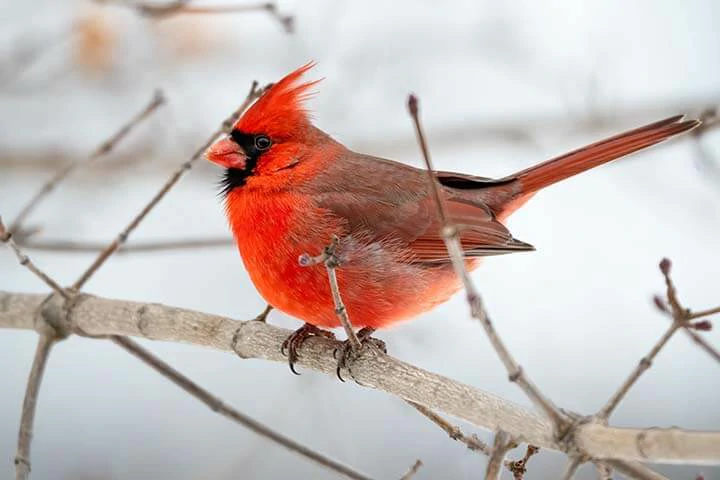
Birding in Lower Ankober Escarpment Melka Ghebdu Afar Plains Doho Lodge
The vast swamp is an authentic oasis in this very arid region but it is also strangely lacking in bird diversity and numbers. The narrow palm forest at the edge of this swamp is frequented by many woodpeckers as evidenced by the numerous holes in almost every palm tree.
Read More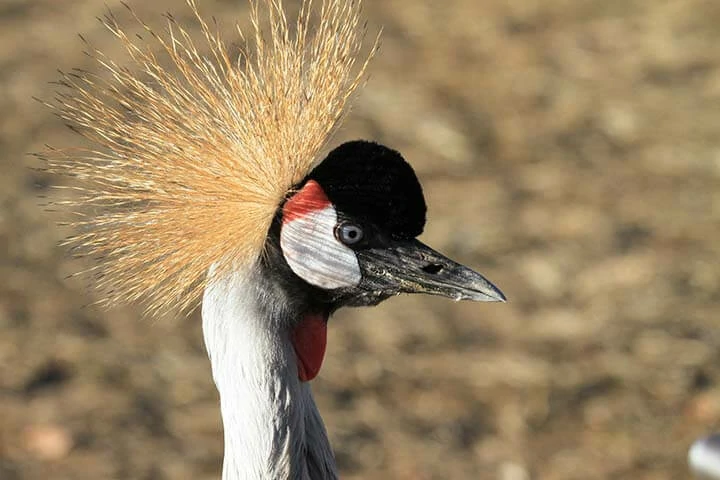
Birding in The Lava Field of Lake Besaka
Enroute you will find Black-chested Snake Eagle, Gillet's Lark Bat-eared Fox, Yellow-bellied Eremomela, Red-billed Buffalo-Weaver, Red-winged Lark, and Scissor-tailed Kite.
Read MoreTravel With Us
When considering your next adventure, Papyrus Adventures stands out as the ideal travel companion, offering a comprehensive package of benefits that ensure an unparalleled experience.
Best Price Guaranteed
With our "Best Price Guaranteed" policy, you can rest assured that you are getting the most value for your investment.
Professional Safari Guides
Our commitment to excellence extends to our team of "Professional Safari Guides," who possess extensive knowledge and expertise, ensuring a journey filled with insightful and unforgettable moments.
Locally Owned Company
Papyrus Adventures is deeply rooted in the destinations we explore, allowing us to provide authentic and immersive experiences that showcase the rich cultures and landscapes of each location.
24-7 Customer Support
our "24-7 Customer Support" ensures that your needs are met around the clock, providing peace of mind and a safety net for any unforeseen circumstances.


